Corey Lester
Rethinking Cost-sensitive Classification in Deep Learning via Adversarial Data Augmentation
Aug 24, 2022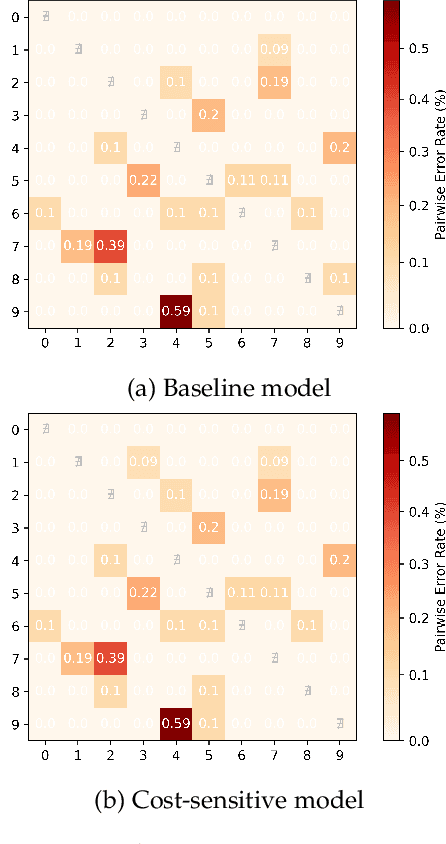

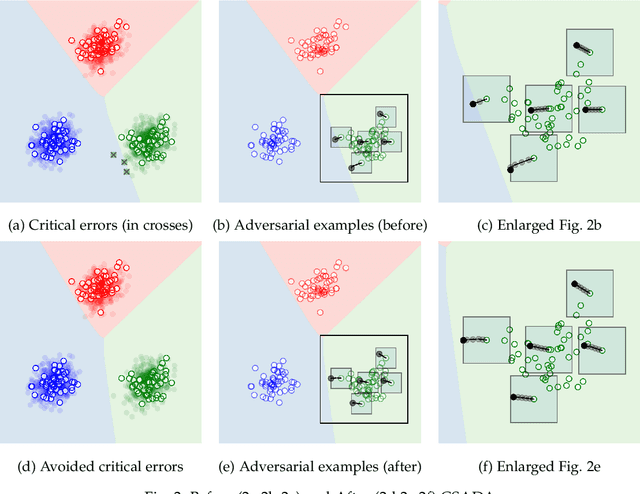
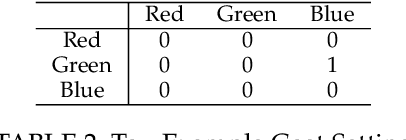
Abstract:Cost-sensitive classification is critical in applications where misclassification errors widely vary in cost. However, over-parameterization poses fundamental challenges to the cost-sensitive modeling of deep neural networks (DNNs). The ability of a DNN to fully interpolate a training dataset can render a DNN, evaluated purely on the training set, ineffective in distinguishing a cost-sensitive solution from its overall accuracy maximization counterpart. This necessitates rethinking cost-sensitive classification in DNNs. To address this challenge, this paper proposes a cost-sensitive adversarial data augmentation (CSADA) framework to make over-parameterized models cost-sensitive. The overarching idea is to generate targeted adversarial examples that push the decision boundary in cost-aware directions. These targeted adversarial samples are generated by maximizing the probability of critical misclassifications and used to train a model with more conservative decisions on costly pairs. Experiments on well-known datasets and a pharmacy medication image (PMI) dataset made publicly available show that our method can effectively minimize the overall cost and reduce critical errors, while achieving comparable performance in terms of overall accuracy.
PharmMT: A Neural Machine Translation Approach to Simplify Prescription Directions
Apr 08, 2022
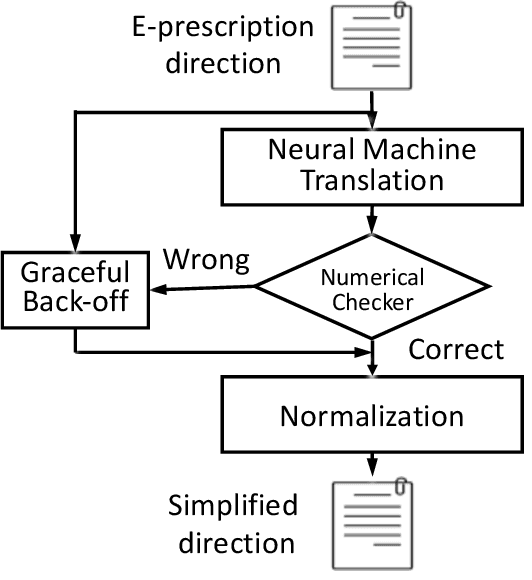
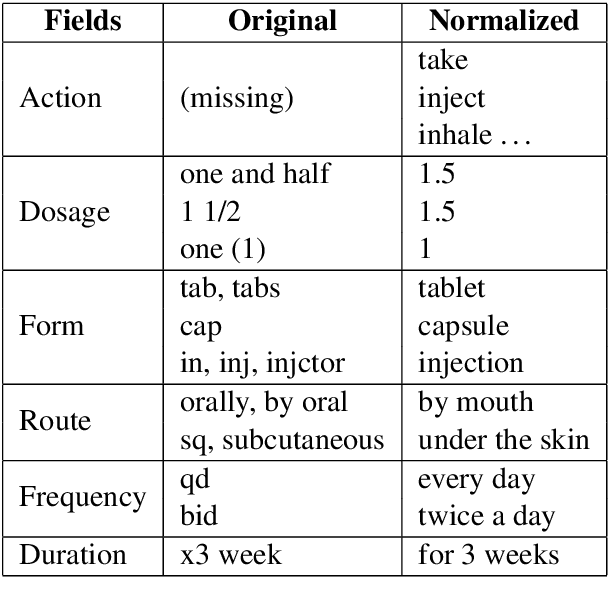

Abstract:The language used by physicians and health professionals in prescription directions includes medical jargon and implicit directives and causes much confusion among patients. Human intervention to simplify the language at the pharmacies may introduce additional errors that can lead to potentially severe health outcomes. We propose a novel machine translation-based approach, PharmMT, to automatically and reliably simplify prescription directions into patient-friendly language, thereby significantly reducing pharmacist workload. We evaluate the proposed approach over a dataset consisting of over 530K prescriptions obtained from a large mail-order pharmacy. The end-to-end system achieves a BLEU score of 60.27 against the reference directions generated by pharmacists, a 39.6% relative improvement over the rule-based normalization. Pharmacists judged 94.3% of the simplified directions as usable as-is or with minimal changes. This work demonstrates the feasibility of a machine translation-based tool for simplifying prescription directions in real-life.
* Findings of EMNLP '20 Camera Ready
 Add to Chrome
Add to Chrome Add to Firefox
Add to Firefox Add to Edge
Add to Edge